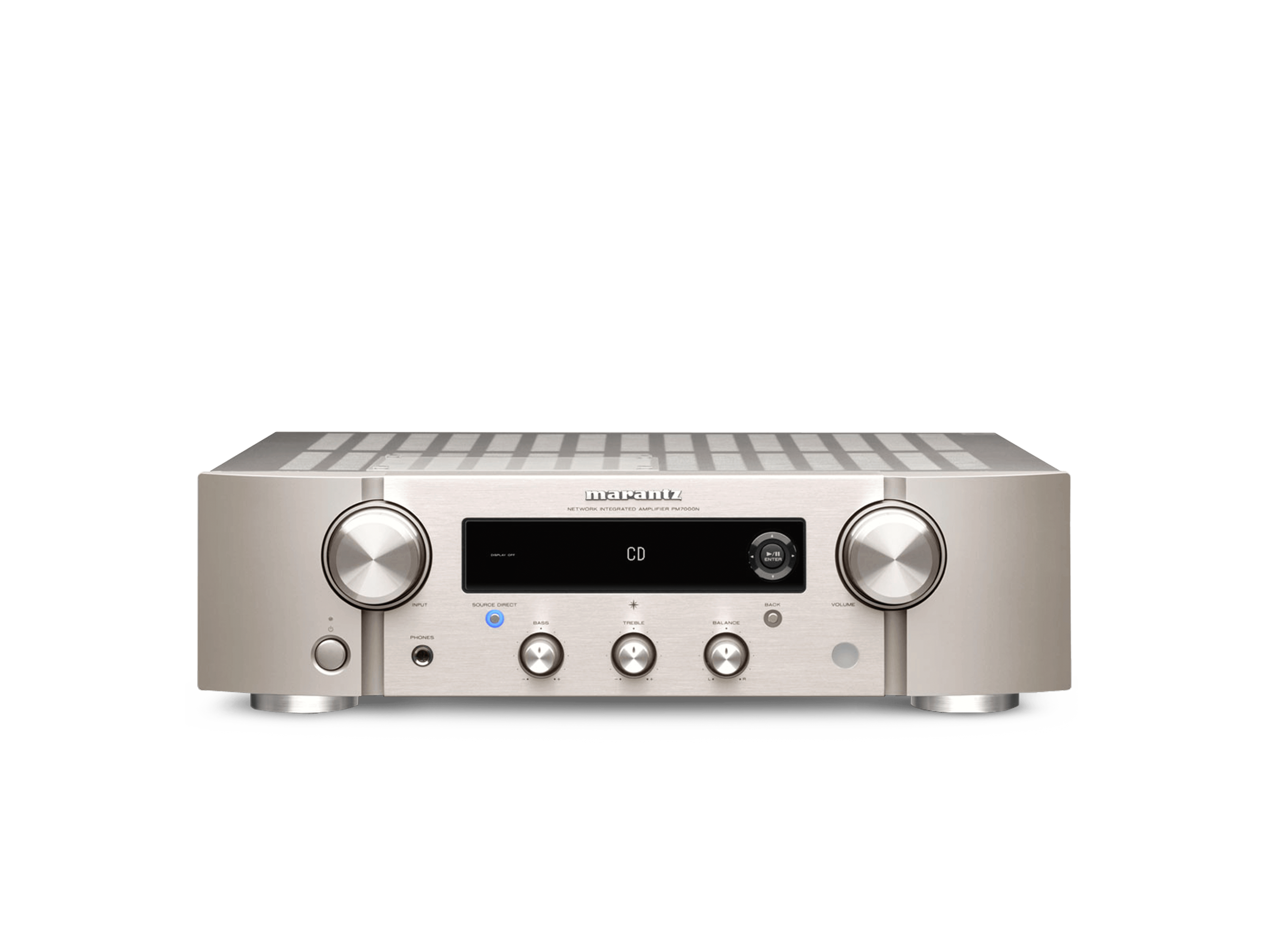actually i agree with you - i recently sold an entire high end system, , because i just did not think it was worth it, compared with a 2-3k setup, in a regular room )fairly bad room actually).
so i will go for Yamaha A-S701 or RN-1000 (for simpler system), thank you; linton + yamaha - i very much like their looks, and i hope they will sound decent.
so i will go for Yamaha A-S701 or RN-1000 (for simpler system), thank you; linton + yamaha - i very much like their looks, and i hope they will sound decent.




/cdn.vox-cdn.com/uploads/chorus_asset/file/13975058/408082main_fd10_full.1419968996.jpg)